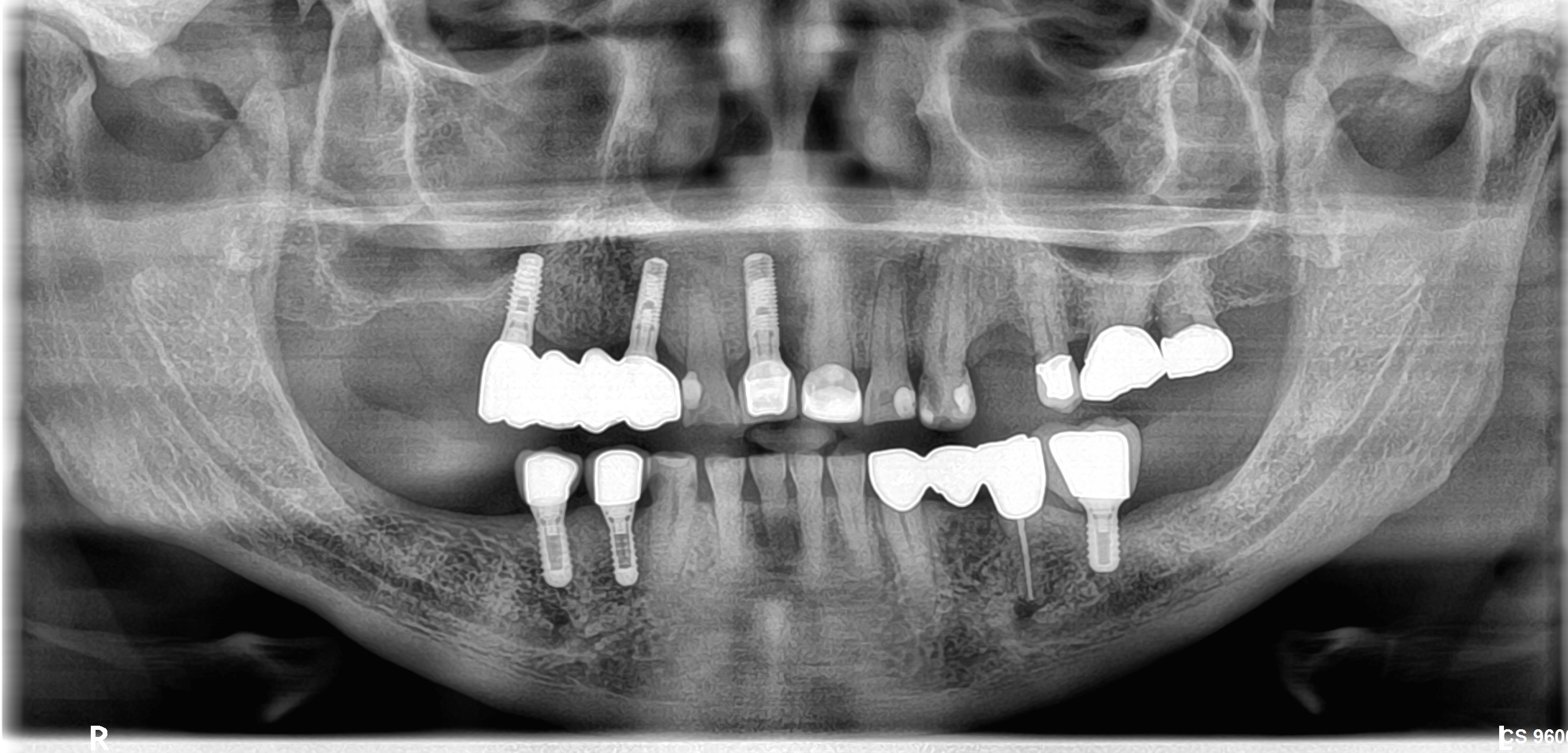Too Much Insertion Pressure When Placing Implants Leading to Pain?
Anon. asks:
I placed a parallel wall cylinder implant 4×11.5 at #29 site [mandibular right second premolar] on a 37 year-old healthy woman. The osteotomy was uneventful and the mental foramen was 2 mm away from the apical portion of the implant. The insertion torque was 50 Ncm at 20 rpm. The implant did not go all the way in, only about 2/3 of its length. The rest was inserted using a manual rachet but it did not feel too hard or resist the manual ratcheting.
The patient did not experience pain or swelling for the first 48 hours. After that, she started having severe pain and a very hard encapsulated swelling in the bicuspid area. The initial prescription was Amoxicillin 750mgs every 12 hours and 500 mgs of Metronidazole every 8 hours. I then prescribed Diclofenac sodium 75mg for 3 days I.M. for the pain and swelling.
The patient did not improve. After 6 days post-op, I unscrewed the implant 2mm and prescribed Prednisone 10 mgs every 8 hours. The patient seems to be improving but not totally. Do you think the pressure when placing the implant was too strong? Have you had any case similar to this? What should I do at this point?
















